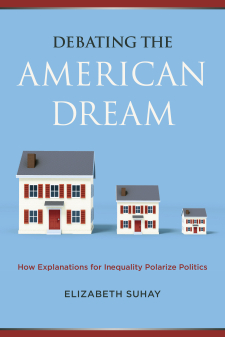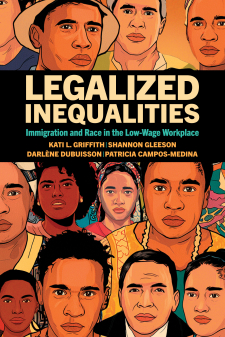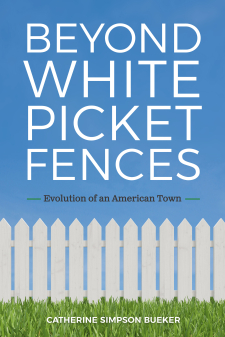The Increasing Prison Population in the United States: What Has it Done for Us and What Has it Done to Us?
From 1980 to 2003, the overall U.S. incarceration rate increased from 276 to about 700 per 100,000 people in the population. This unprecedented growth in the incarceration rate has had significantly unequal effects within the population, with prison time becoming pervasive among young unskilled men, especially blacks. Research has shown that it is the shift towards harsher punishments—more than any trends in crime—that is responsible for the growing prison population. With funding from the Foundation, Michael Stoll and Steven Raphael organized a conference that took stock of the effects of the prison boom. Reviewing previous research and discussing current work, a group of economists, sociologists, and criminologists considered the question of whether incarceration can be justified by the reduction in crime that it achieves. They examined how the decision to incarcerate varies with crime rates and offense severity, and the social and the way incarceration affects economic and social conditions, including employment, civic participation, public safety, and racial inequality. The results were published in the RSF volume, Do Prisons Make Us Safer?.





